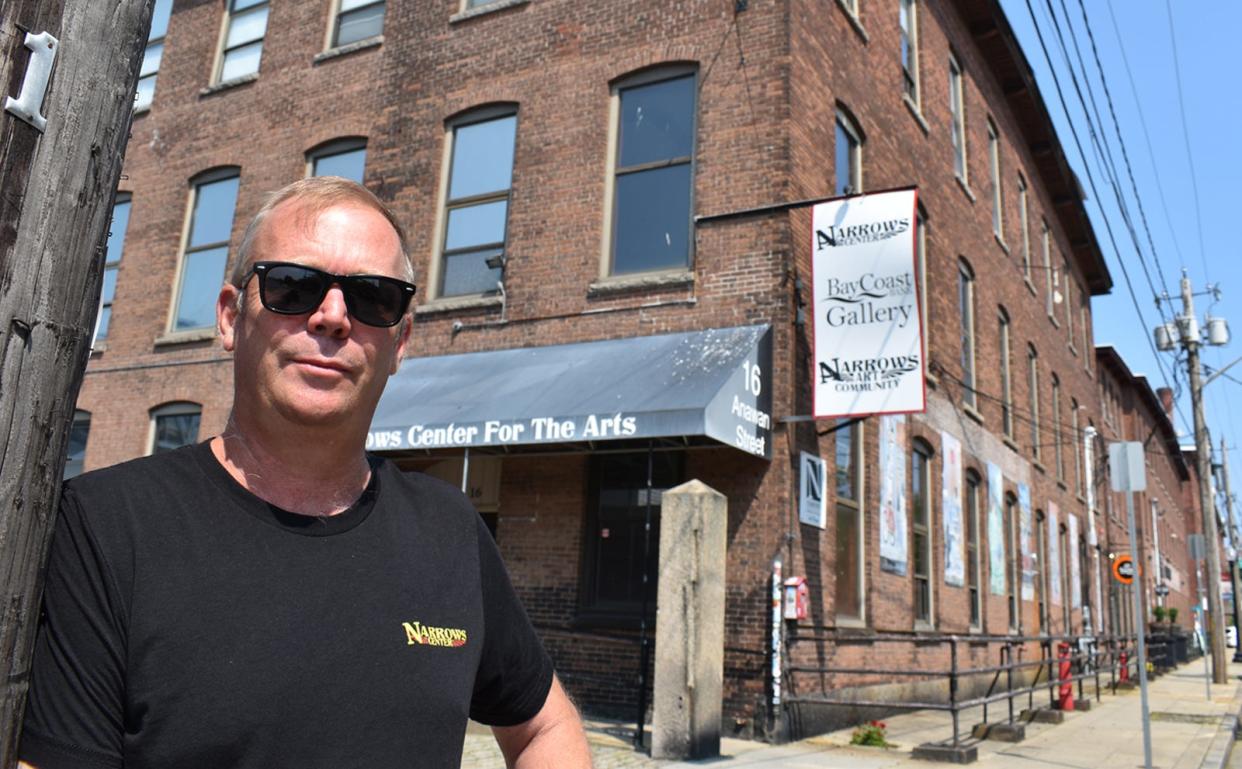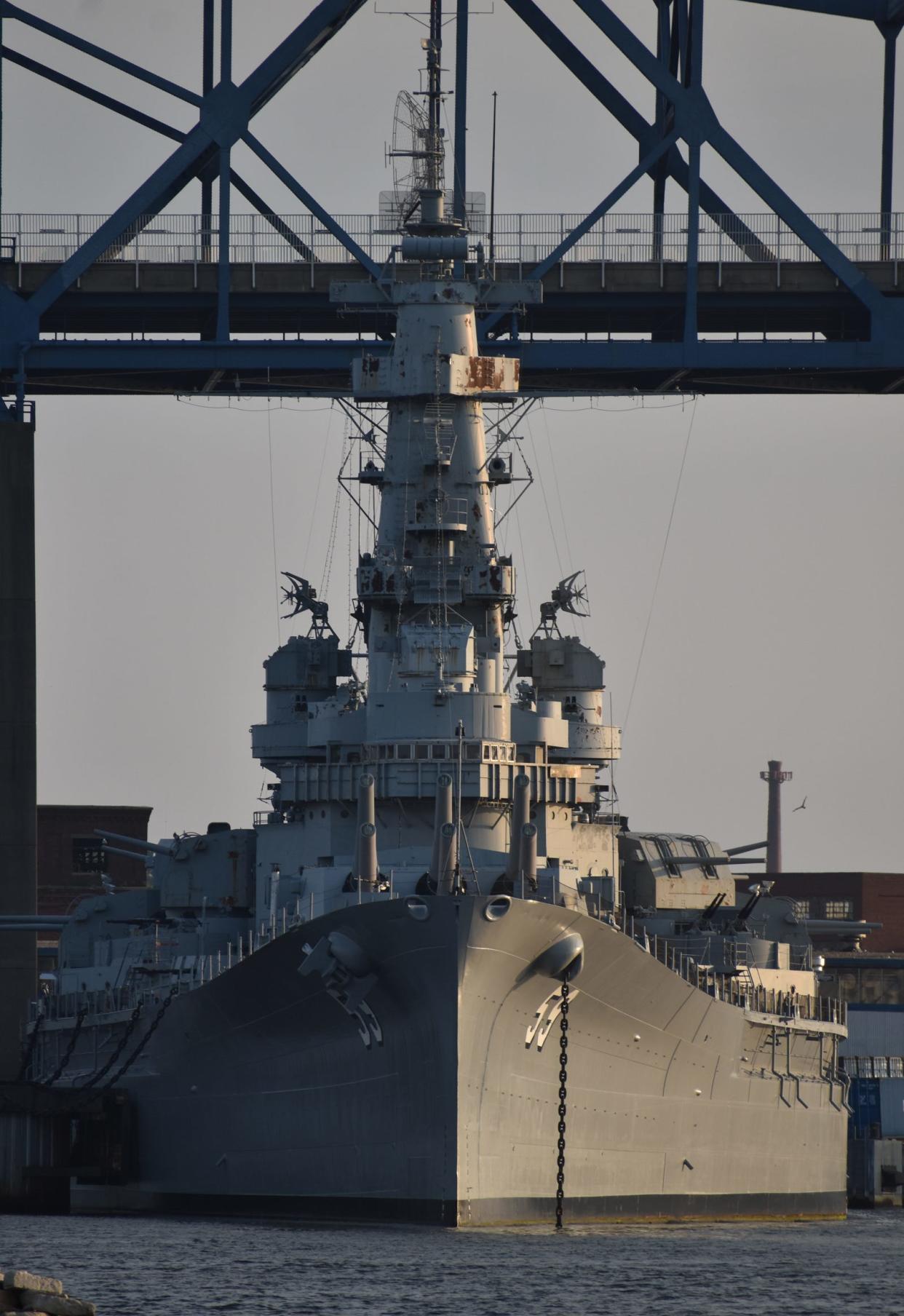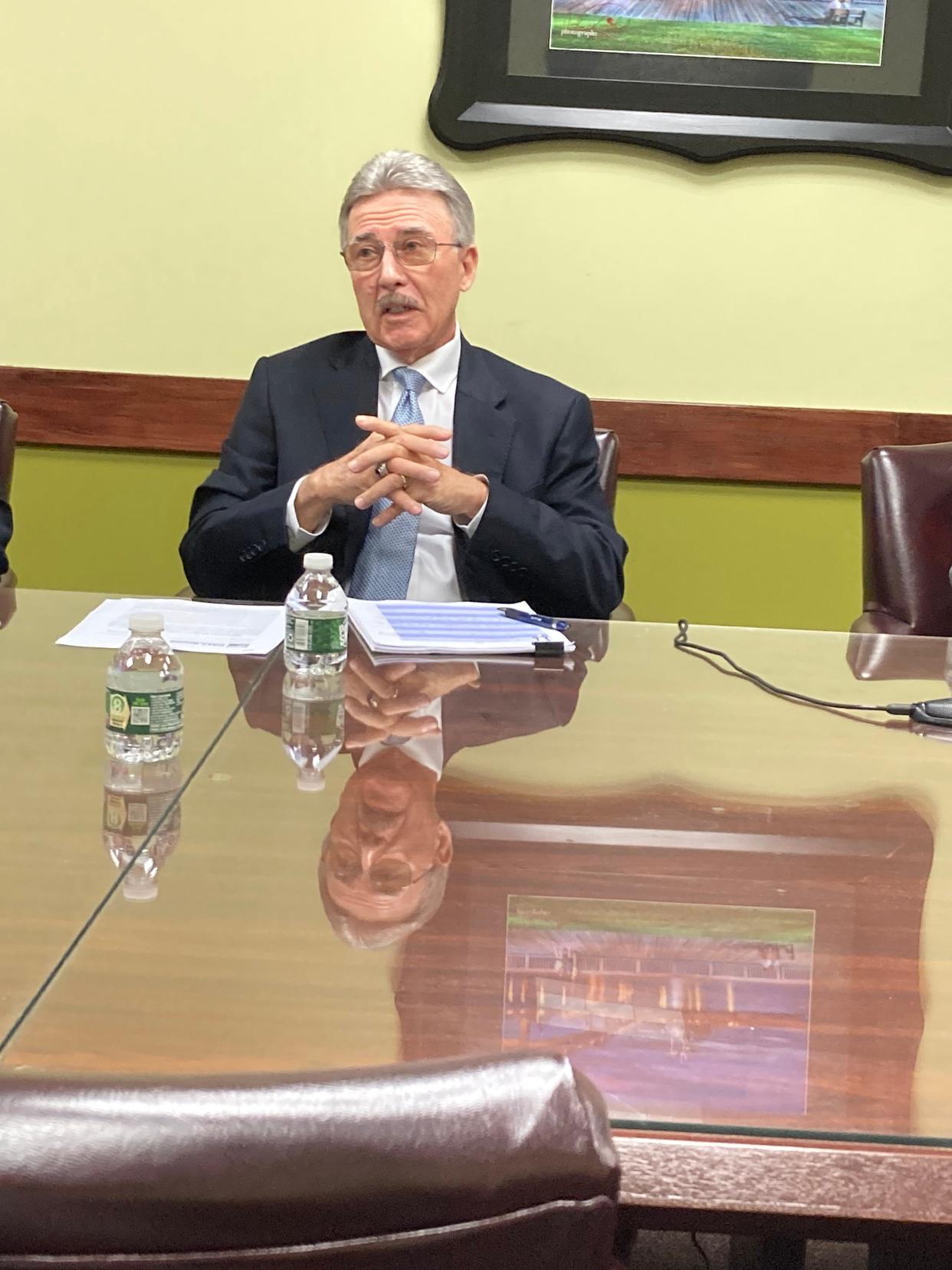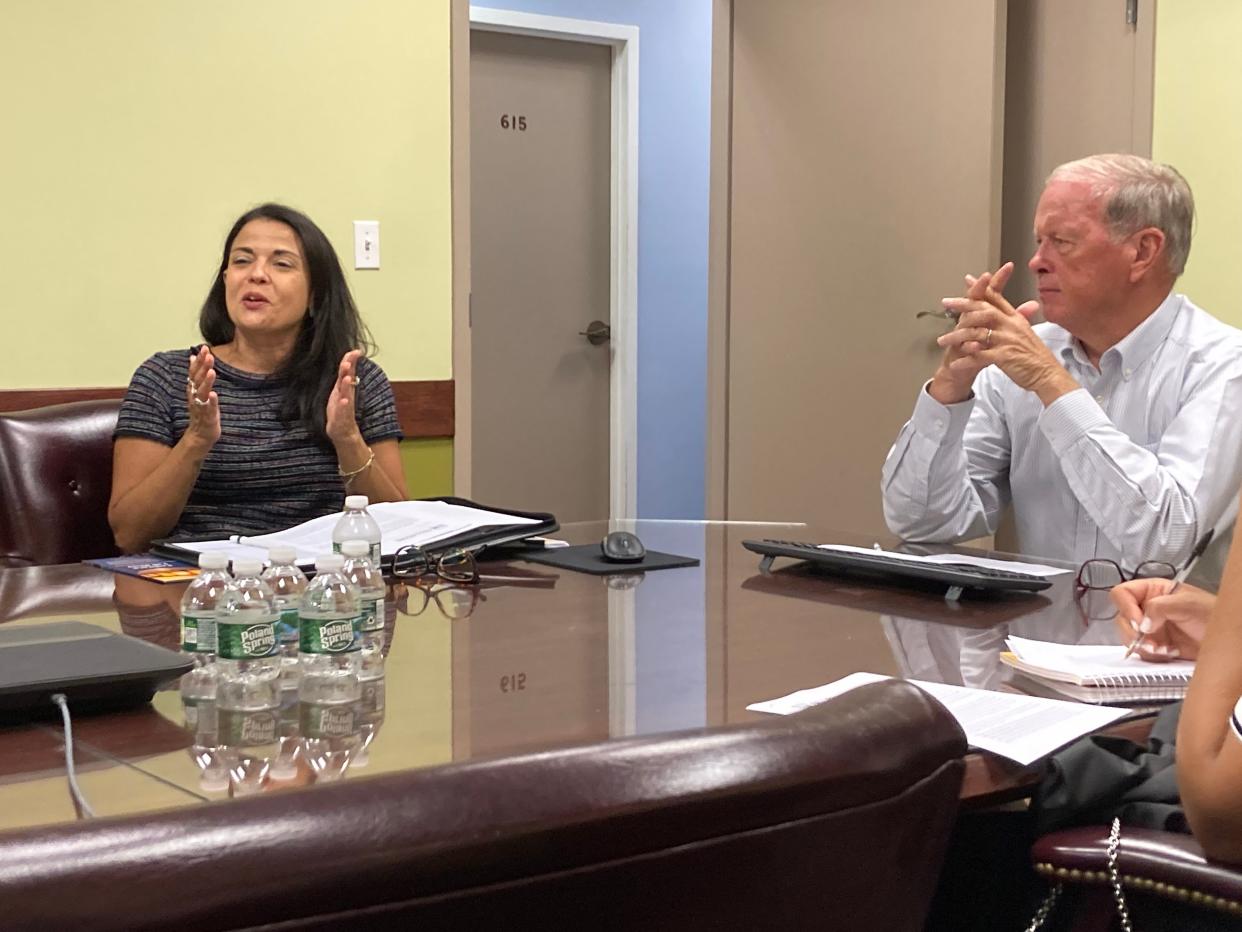A new tourism study shows Fall River has much potential. Here's what the report found.
FALL RIVER — The city made available this week a $50,000 preliminary data study on the current state of tourism in Fall River and potential next steps to improve economic development in a “creative economy” and expand cultural tourism.
During a meeting on Friday, Mayor Paul Coogan officially released a 31-page report containing a two-year strategic tourism development plan. The study was paid for with $670,000 in American Rescue Plan Act funding awarded to One SouthCoast Chamber and managed by the for-profit organization, Viva Fall River.
"We are laying the foundation of where we go from here," said Coogan said of the research and tourism initiative by his administration. "Taking all of these things and seeing what works and what doesn't and guiding us going forward."
University of Massachusetts' Charlton College of Business Dean John Williams, whose background includes doing intensive data collection, research and planning in the tourism industry in New Orleans, said his experience working in tourism shows Fall River's potential is great.
"I can tell you what you have here is ripe," said Williams.
Williams was contracted by the city and Viva Fall River to produce the report, with the help of Springline Research Group and the consulting firm FMX Associates, in conjunction with the mayor’s Tourism Advisory Council.
Was it money well spent? Mayor grants $670k in ARPA funds to tourism study

The study focused on visitor data from the city’s three key attractions: Battleship Cove, the Lizzie Borden House and the Narrows Center for the Arts.
“The data focused on geographic insights from ZIP codes recorded at the attractions,” according to the report.

What isn’t included is data collected from four surveys conducted last month at the three venues and the Gates of the City. Williams and UMass Dartmouth Associate Professor of Management, Paul Bacdayan, said the surveys and analysis will be available by the end of the summer, but that research will continue.
The report focused on three areas of assessing current market conditions and consumer spending; taking ZIP code data from the three attractions “and to make inferences about the visitors themselves based on the characteristics of where they reside”; and to develop a baseline of measurement of visitor spending, particularly in the areas of room and meal taxes.
Projects in the pipeline: Fall River has spent millions in ARPA funds. And the city still has $49M left to spend.

What did ZIP code data find?
As for how far visitors to Fall River travel, according to ZIP code information, most guests come from within a 60-minute drive to the city, although most only travel a half hour from their homes.
Still at least three times the people visiting those three tourist spots are from the city.
As noted in the report, researchers found Fall River is the top community of origin for visitors to the three attractions, at 6%; followed by Providence at 2.3%, followed by Somerset and Dartmouth at 2.1% each.

What does Fall River earn from room and dining taxes?
Fall River has a great reputation for restaurants and food, and the reward is that in 2022, the city collected more than $1.62 million in meals tax — a 524% increase from 10 years ago — compared to New Bedford taking in $1.55 million that same year.
However, the city lags when it comes to per capita spending on food and drink compared to other communities and counties in the state, which is reportedly an indicator that fewer people from the outside the city dine in Fall River.
What was no surprise was last year the city collected $150,953 from the rooms tax at its sole hotel, a 111-room Holiday Inn Express in the Industrial Park, compared to New Bedford, which collected $305,768 from its two hotels.
Fall River also has a lower room tax rate, at 4% compared to New Bedford’s 6%.
Williams noted that last year Newport, RI, just a half-hour away was listed as the 6th highest city regarding hotel room rates in the country and that it is an opportunity for Fall River to explore bringing a hotel or two into the city to capture those Rhode Island visitors.
A state investment: Two Fall River groups got $140K in art grants. Their projects will benefit the whole city.
Invest in retail and the arts
With South Coast Marketplace and other major grocery and retail chains in the city, the study claims that substantial amount of retail sales for Fall River businesses are coming from shoppers living outside the city.
And the city is losing out on a retail opportunity to capture sales from art dealers setting up shop in Fall River.
“Because of their potential attraction to tourists, Art Dealers are particularly noteworthy in both the local and regional market context, with about $32 million in annual sales potential now leaking out of the region,” according to the report.
So, what’s next?
Williams said that they will continue to collect data year round regarding visitors to the city with "interceptor" interviews where tourists and visitors coming to Fall River to get more in-depth information on who is coming to the city and their demographics and expectations.
"Our attempt in the long-run is to get a real visitor profile so we know exactly what's going on with their income brackets, their age, their activity desires," said Williams.
Getting that information is key, said Williams, because it gives the city the ability to create a five-year plan for the future of tourism in Fall River.
Coogan said with the expansion of Route 79 and the approximately 18 acres opening up to developable land, the conversation of the development has included the construction of a waterfront hotel.
For Viva Fall River and the city, Patti Rego of director of Viva, said she's already been using some of the data gleaned from the initial study regarding the radios of travel from visitors outside the city and brochures and information in locations like T.F. Green Airport and Boston commuter rail trains.
"We are doing radio, we're doing some geo-targeted ads. I really took the nuggets I could, and I really think the biggest nugget is the really strong assumption about our culinary attraction," said Rego. "I've really doubled down on that."
In addition, Rego said she's "really going to turn an eye to historical tourism."
This article originally appeared on The Herald News: Fall River tourism report finds many positives in the Southcoast city


